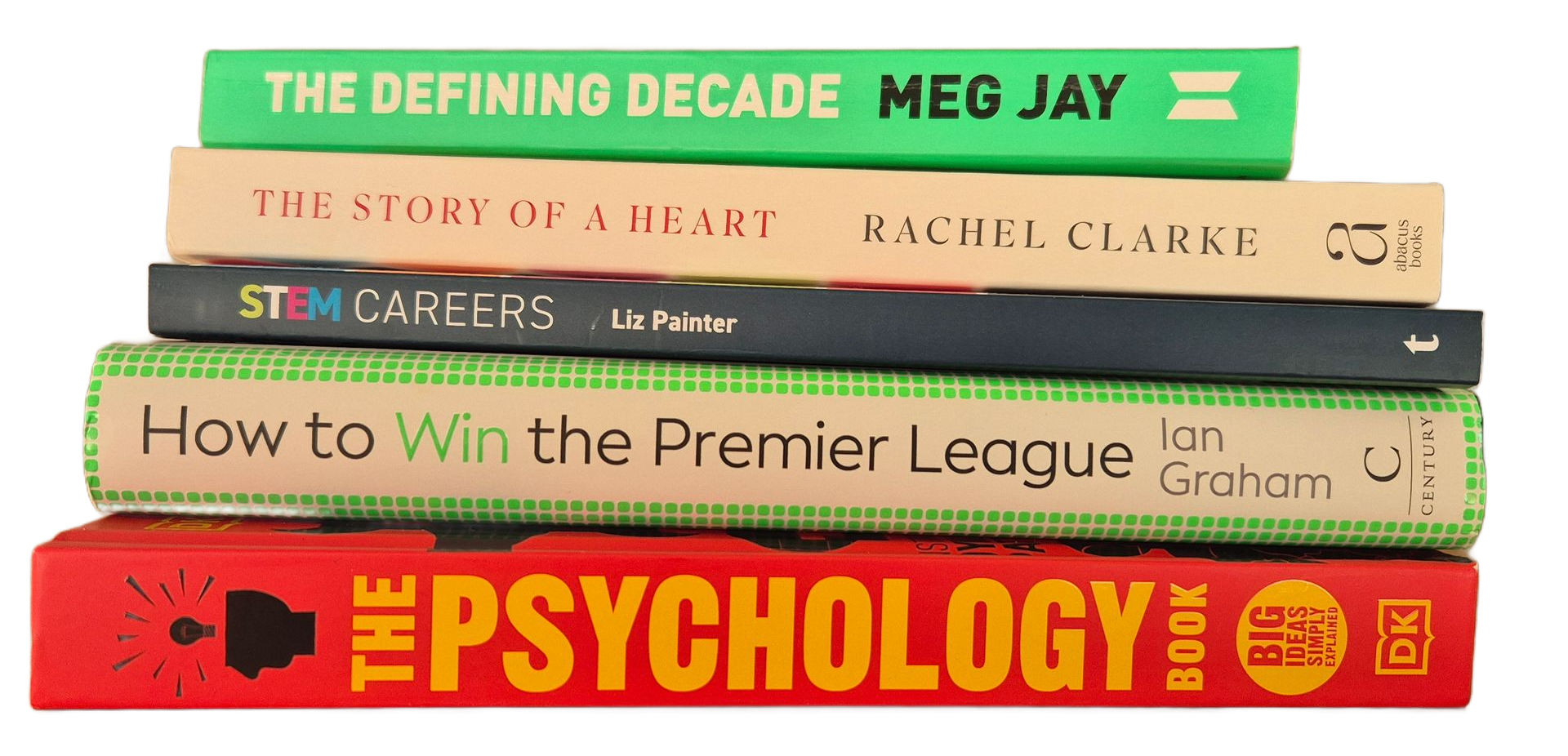What else can I do?
Q: I’ve been working as a systems analyst for many years. I’m good at what I do and am paid well, but something’s missing. I’m just not happy. What else can I do? (JM, email).
A: JM, your query regularly crops up with clients. For systems analyst, substitute graphic designer, school teacher or auctioneer. Essentially, there are three options open to you, writes Petrina Mitchell, Career Navigation Consultant.
One of the easiest options is to consider changing your occupation while remaining in the same general field. You may choose to seek out other internal opportunities in your current employment. For example, I’ve regularly seen team leads and supervisors transition into support functions such as human resources or training, where they can effectively leverage their departmental knowledge and ease the transition into a new career field.
Another straightforward option is switch industries e.g. if in a production environment, move to a service industry or switch from industry to a consulting organisation whereby you can provide services to multiple clients. This can provide you with new learning opportunities and challenges which will re-energise you.
The hardest shift is to change both your occupation and industry (or field) simultaneously. It’s not impossible but it certainly requires a much more structured approach to break through into a new career and may require a stepping-stone approach. I’ll focus on this a little more now.
One of the best ways to start is by identifying fields that interest you. In careers terminology, fields are a way of categorising work.
Review your working history, school and / or college subjects, hobbies, family influences…identify subjects you found most satisfying and seek out more information.
What TV programmes interest you? What articles do you read? What have you dreamt about doing and always found obstacles to stop you pursuing? Write it all down now. Ignore the “yeah-buts” which will you stop you in your tracks. They will stagnate your thinking at the outset.
You may initially identify up to 20 subjects. If any of your subjects are too big or wide (engineering, teaching, medicine…), then refine it further e.g. engineering maybe civil, electronic… write each on a post-it note or blank card so that you can clearly see each subject.
Now select your top 10 subjects that would like to focus on over the next 12 months. If something is purely a hobby and that is all that you would ever like it to be, leave this to one side for now e.g. knitting, running...
Seek connections between each subject. Move your post-it's / cards around to see any overlaps or opportunities to combine fields. The objective is to generate ideas and connections between your subjects.
For example if two of your subjects are physical fitness and computer engineering, you may come up with ‘writing apps to customise fitness plans'. Or if you combine physical fitness with negotiating and training, you might consider ‘creating training programmes for physical trainers to maximise revenue’.
Review all your newly documented field ideas and create a plan to explore possibilities in employed or self-employed positions.
If you are stuck for ideas on what to do next in your career, this exercise requires you to think laterally. It can be uncomfortable and it certainly is challenging. If it is, it’s working, so stick with it.










